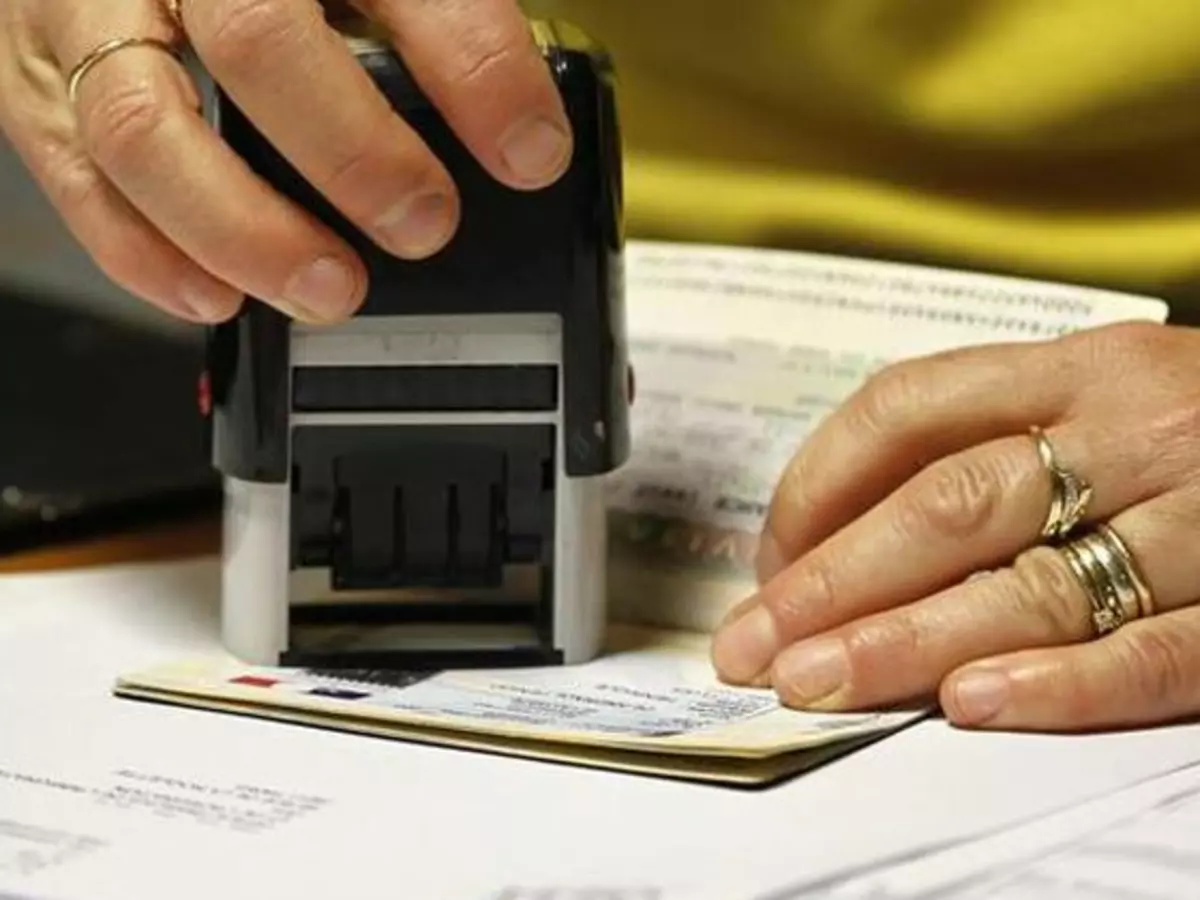Rich Indians Are Buying Green Card To Live In US, 300% Rise In Number Of Migrants In Last 2 Years
The number of Indians getting investment linked EB-5 visas in the US has risen nearly four-fold in the past two years. 585 such conditional green cards were issued to Indians during the 12-month period ending September 2018. India toppled South Korea and Taiwan to take the third spot behind China and Vietnam in fiscal 2018.

The number of Indians getting investment linked EB-5 visas in the US, also known as ¡°cash for green card,¡± has risen nearly four-fold in the past two years.
According to statistics issued by the US Department of State, 585 such conditional green cards were issued to Indians during the 12-month period ending September 2018, as against 174 in fiscal 2017.
Compared with the allotment of just 149 conditional green cards during fiscal 2016, this reflects a massive increase of 293% over a two-year period. In terms of number of visas granted, India toppled South Korea and Taiwan to take the third spot behind China and Vietnam in fiscal 2018.

Reuters
Over the past few years, hundreds of Indians, including those already working in the US have been lining up to apply for EB-5, an investment linked visa. The wait has borne fruit, going by the huge jump in numbers.
The EB-5 program requires an investment of $1 million and creation of at least 10 jobs. This limit drops to $500,000 for investments in certain targeted employment areas. Investments via regional centres that pool in money for various projects, especially in the real estate sector, are more popular than setting up one¡¯s own operations. After holding a conditional green card for 21 months, an investor can apply for permanent residence, subject to fulfillment of conditions.
ALSO READ: Indian Immigrants Can End Up Waiting For Up To 92 Years To Get US Green Card
Interest from Indians for the EB-5 visa has spiked in recent years, given that obtaining H-1B visas, including extensions, are now more difficult.
¡°Extension of H-1B visas are also being subject to the same rigorous scrutiny with denial rates on the rise,¡± says Mitchell L Wexler, partner, Fragomen, a global immigration law firm.
¡°Also boosting the demand is the fact that work authorisations available to certain category of H-1B spouses will be rescinded. Children of several H-1B workers, especially those who are in the queue for a green card under the employment category, are also ageing out. Post 21 years, they can no longer hold the dependent H-4 visa, but need to migrate to another visa (say student visa) or self-deport to India,¡± says Wexler.
ALSO READ: Indians Can Now Get H-1B Visas Easily; Here's All You Need To Do

Reuters
Given the backlog which Indian investors could face in the near future under EB-5, investments must be planned in advance to protect the child¡¯s interest,¡± he adds.
TOI has reported earlier that even rich families based in India tend to gift the investment sum to a child studying in the US. After completion of studies, the EB-5 visa enables him or her to work without having to throw the hat in an H-1B lottery.
Only 10,000 EB-5 visas are issued annually, with a 7% per country cap. If a country doesn¡¯t meet the cap, the unused visa quota is redistributed to other countries. Currently, Chinese and Vietnamese investors are facing a retrogression (which arises when the applications exceed the cap set) and the waiting time for Chinese is nearly 14 years. The current waiting period for Indians, to obtain a conditional green card after making an investment ranges roughly between 18 and 30 months, depending on how fast the application (526 petition) is approved.
Indian investors too could face retrogression from July or August this year, which would increase the waiting time further by a few years. This will still be significantly shorter than the wait time for standard employment-based green card applications where the waiting time is upward of 17-plus years.
The US Department of State has also released figures of pending applications, as of September 30, 2018. The maximum pending applications were from China at 8,180, followed by 1,633 applications from India. A proposed hike in investment limits and recent investor scams has made investors more careful, but the interest has not waned.
